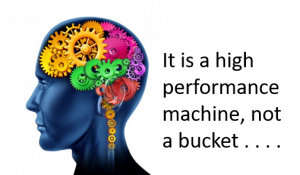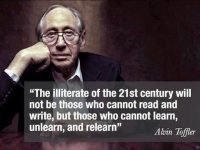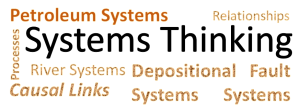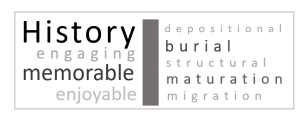The GeoViewer App will provide a means to illustrate examples of geological interpretations that have been annotated by the interpreter. The geologists interpretation will be displayed in the interpretation window, together with hotspots highlighting the key features. In “Formative Mode”, clicking on hotspots will reveal explanations of the features tagged by the hotspots in the […]
You are browsing archives for
Author: Dr. Greg Samways
How to Think, Not What to Think
Geoscience education and training, like most education, focuses on teaching what to think, not how to think. Learning what to think only arms you to solve specific problems, but learning fundamental principles and concepts and how to apply them enables you to solve a much wider range of problems.
Learn to Learn
Seems obvious doesn’t it? However, few of us have been taught “how to learn”. In school you either knew and passed your exams, or you didn’t, and you failed!
Systems Thinking – Causal Links
As scientists, we spend too much time deconstructing and analysing in great detail, and we soon become isolated specialists, working in our silos, with our own specialist language that fewer and fewer people understand.
Less is More – The Curse of the Expert!
When we are faced with a geoscientific problem, we typically bring in the experts to collect more data and look in more and more detail. But so often, so much detail is established that we can no longer see the big picture.
Teach to Learn
The best way to test your thinking and find out if your ideas are organised in your mind is to teach. You cannot stand in front of a group of people and tell them something if it is not clear in your mind!
Story Telling – A Critical Skill
One of the key elements of the Geolumina approach will be story telling. We tell “stories” in geoscience all the time, for example, basin (hi)story, depositional (hi)story, burial (hi)story, diagenetic (hi)story and many more.






